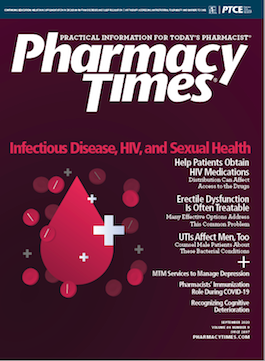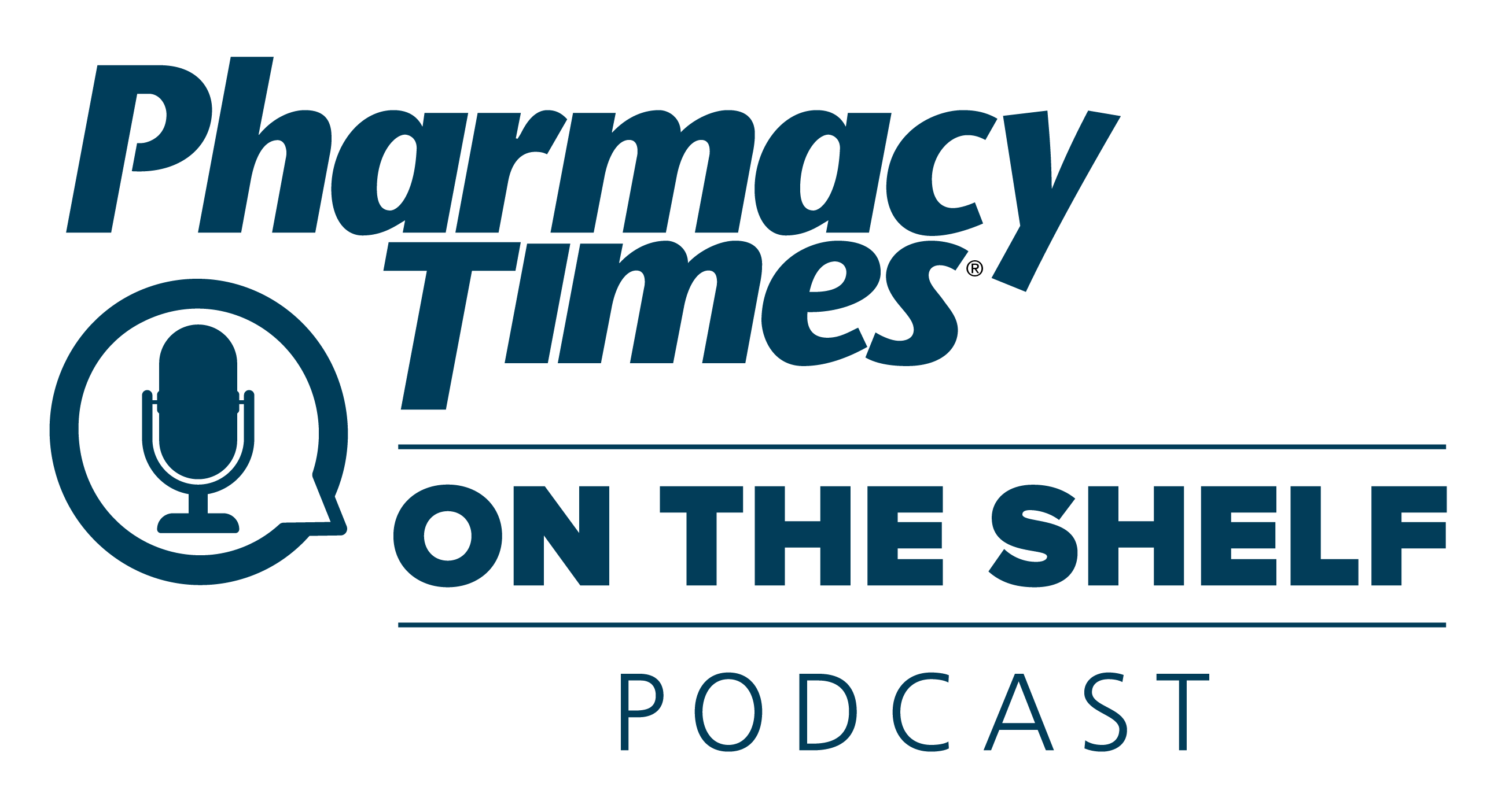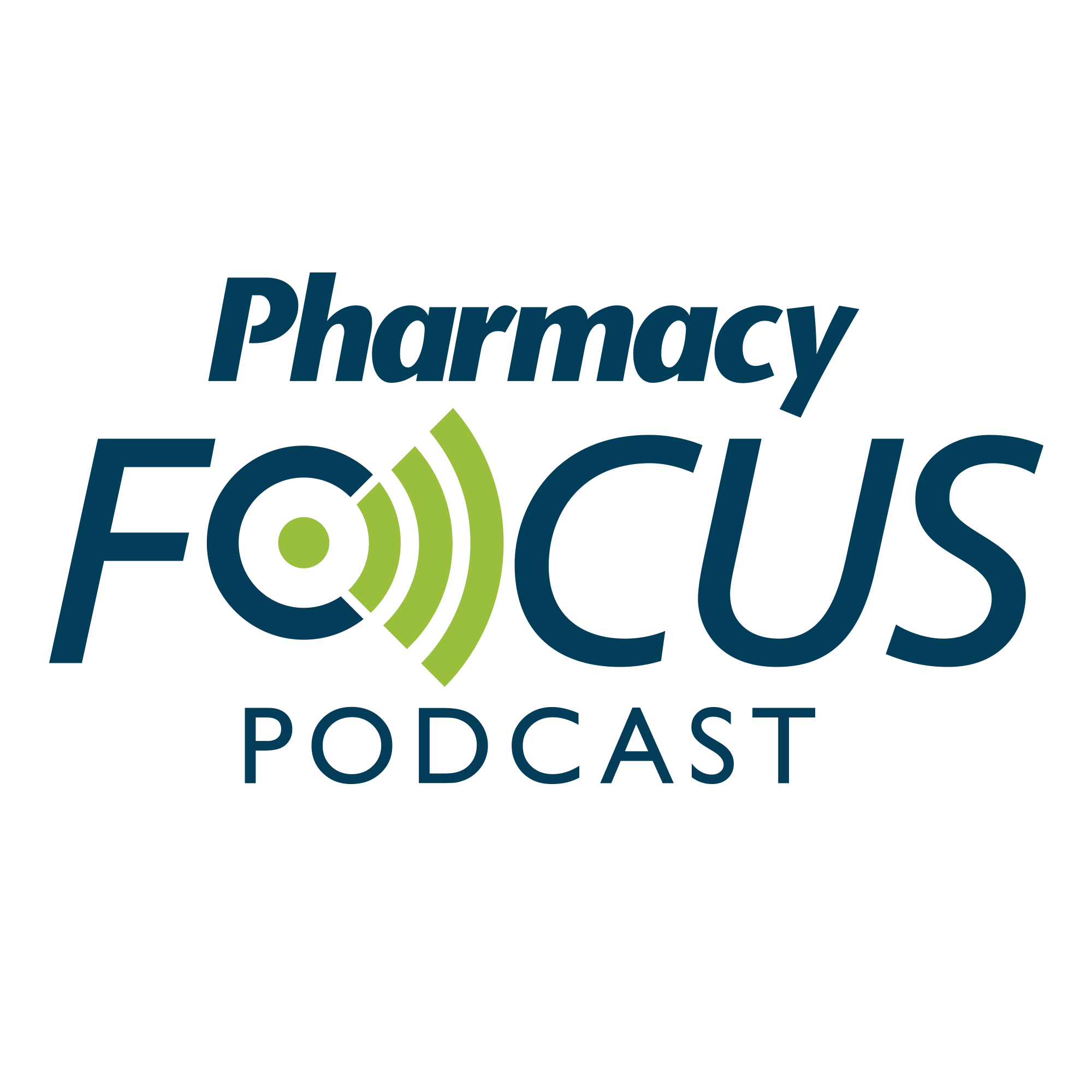Publication
Article
Pharmacy Times
Perennial Allergen Immunotherapy Can Improve Quality of Life
Author(s):
Patients with allergic rhinitis who received allergen immunotherapy exhibited a clinical improvement in symptoms compared with those who received standard pharmacotherapy alone.
Patients with allergic rhinitis who received allergen immunotherapy exhibited a clinical improvement in symptoms compared with those who received standard pharmacotherapy alone, according to the results of a study published in International Archives of Allergy and Immunology.
The study included 250 patients with diagnosed allergic rhinitis, both with and without asthma. They were assigned to receive either immunotherapy plus pharmacological treatment or pharmacological treatment alone. Clinical and medication scores, lung function, and quality-of-life scores were measured at baseline and 3 years after beginning treatment.
The study results showed a clinical improvement among the group receiving allergen immunotherapy. Notably, the investigators also found that standard pharmacotherapy alone had no significant effect on nasal symptoms.
The quality-of-life and satisfaction scores also improved among the group receiving immunotherapy, as did the medication scores. Interestingly, although asthma control test scores and total asthma scores improved significantly in the house dust mite (HDM) allergen immunotherapy group, they did not change in the Parietaria pollen allergen immunotherapy group.
Based on these findings, the investigators concluded that perennial allergen immunotherapy is superior to pharmacotherapy in decreasing symptoms and improving quality-of-life scores for patients with allergic rhinitis.
They added that HDM allergen immunotherapy is more effective in controlling asthma symptoms than Parietaria pollen immunotherapy.
REFERENCE
Unal D. Effects of Perennial Allergen Immunotherapy in Allergic Rhinitis in Patients with/without Asthma: A Randomized Controlled Real-Life Study. International Archives of Allergy and Immunology; February 2020. https://www.karger.com/Article/Abstract/504916. Accessed July 14, 2020.







